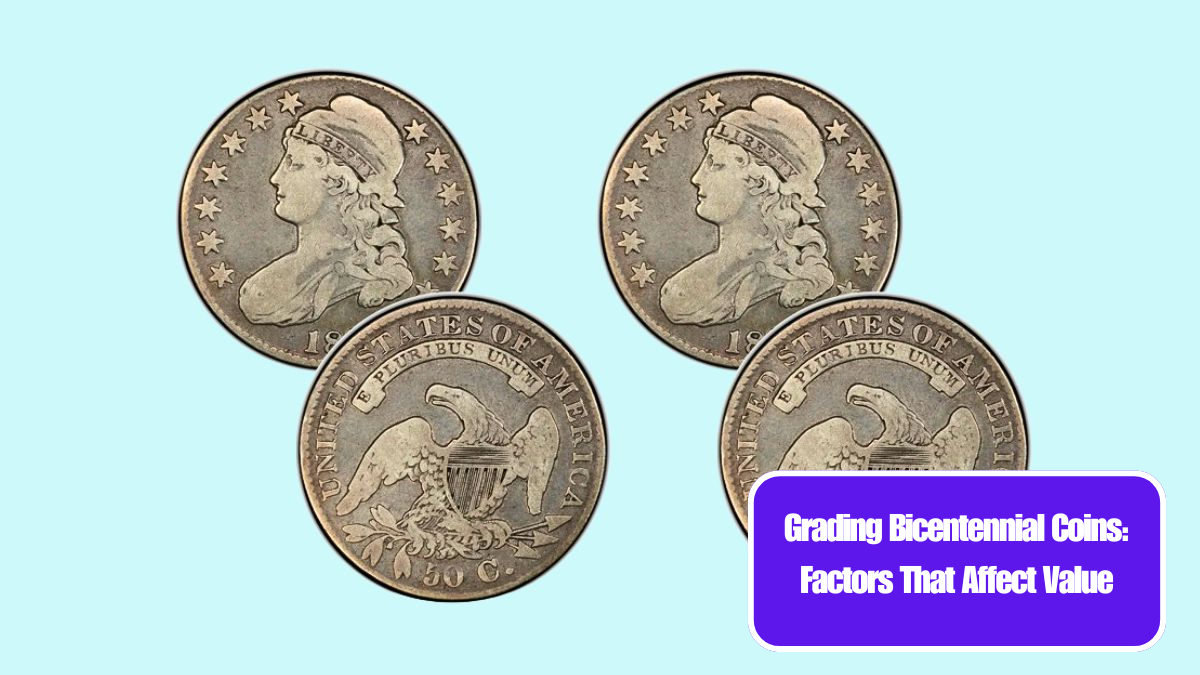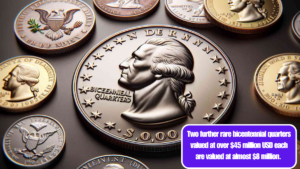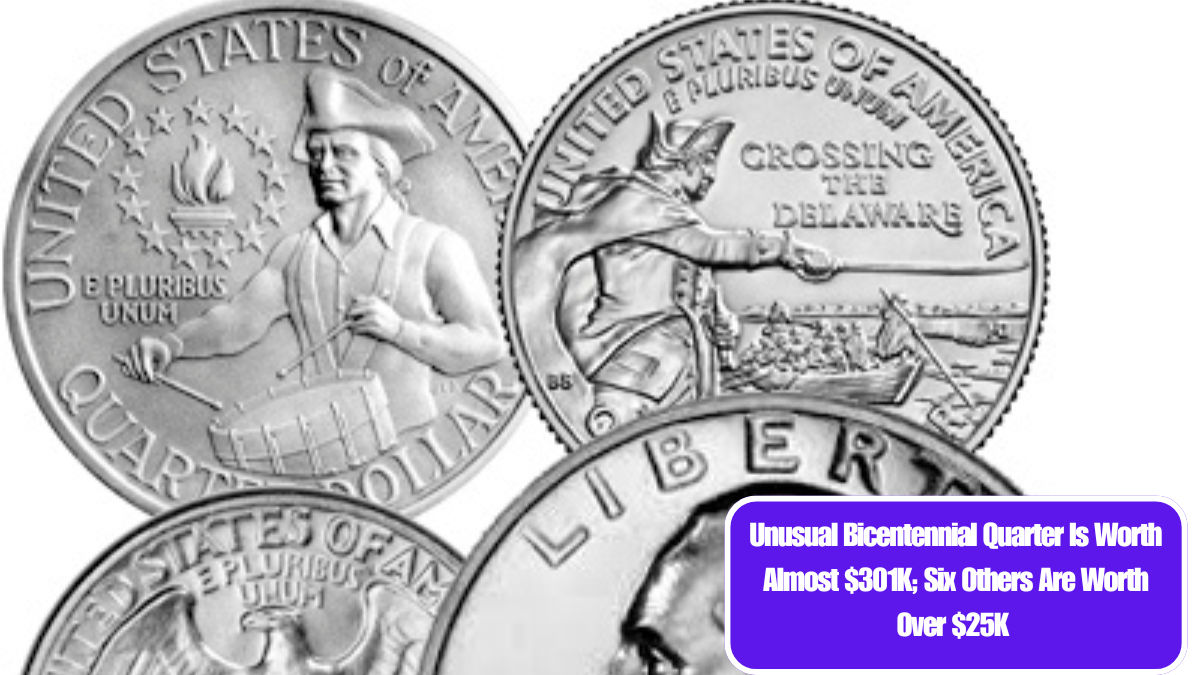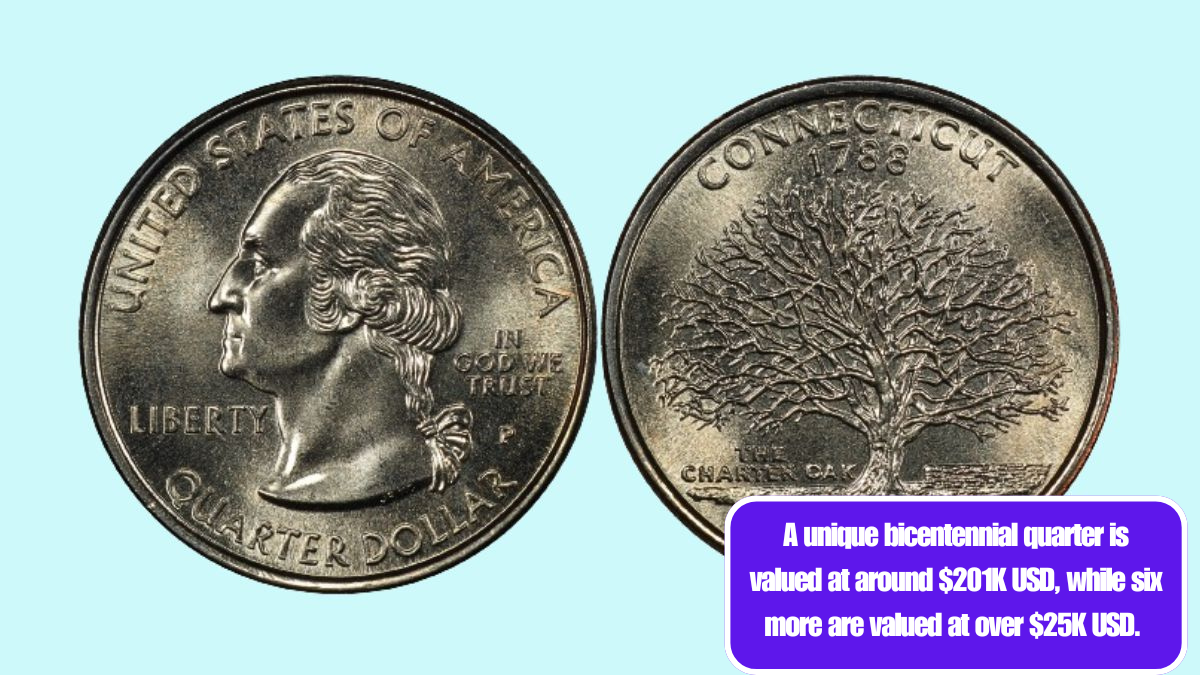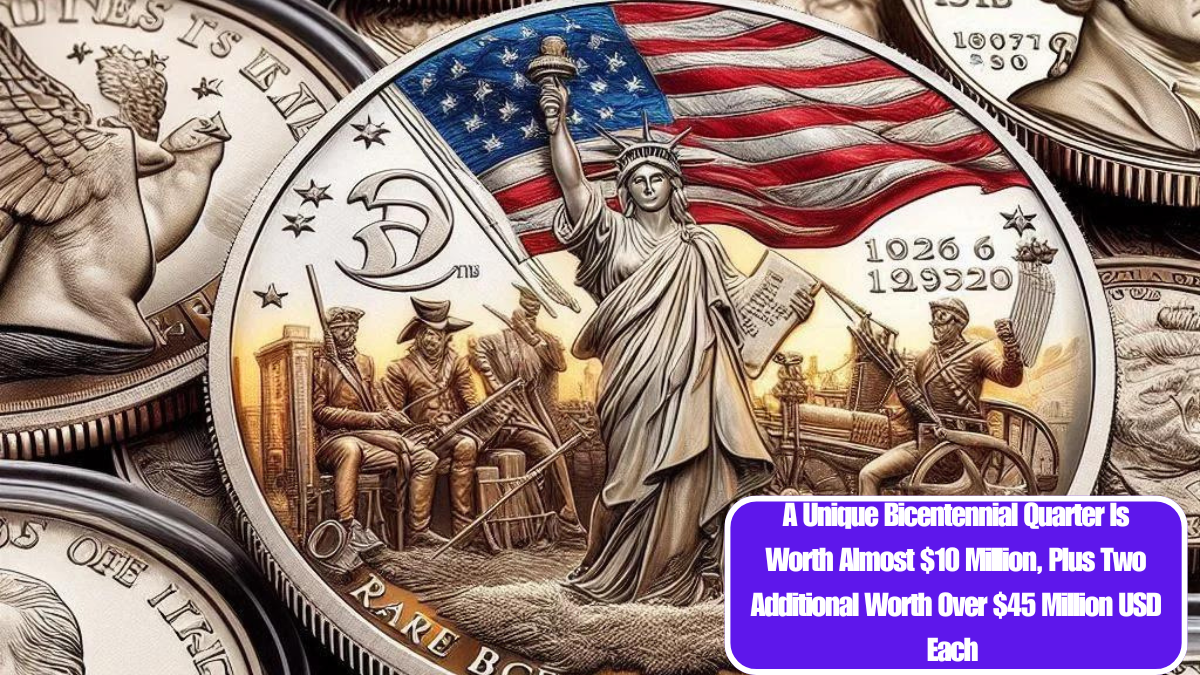The Bicentennial coins, minted in 1975 and 1976 to commemorate the 200th anniversary of the United States, hold a special place in the hearts of collectors and investors alike. These coins—specifically the quarters, half dollars, and dollar coins—feature unique designs and are often sought after due to their historical significance. However, not all Bicentennial coins are created equal, and their value can vary significantly based on several grading factors.
Understanding Coin Grading
Coin grading is the process of assessing a coin’s condition, which directly influences its market value. The most widely accepted grading system is the Sheldon Scale, which ranges from 1 (Poor) to 70 (Perfect). Here are some key terms to understand:
- Uncirculated (MS): Coins that have never been in circulation and retain their original mint luster.
- Circulated (AU/EF): Coins that have been used, showing signs of wear but still maintaining decent detail.
- Poor (P): Coins that are heavily worn, with little to no details visible.
Factors That Affect the Value of Bicentennial Coins
1. Condition
The condition of the coin is paramount. Coins graded as Uncirculated (MS) fetch much higher prices than those that have been circulated. Collectors often seek coins with minimal wear, strong luster, and clear designs. A well-preserved Bicentennial quarter can be worth significantly more than one that shows heavy signs of wear.
2. Mint Mark
Bicentennial coins were minted in various locations, and the mint mark can greatly affect value. Coins from the Philadelphia Mint (no mint mark) are generally more common, while those from the Denver (D) and San Francisco (S) mints may be rarer and more sought after, particularly in higher grades. The San Francisco Mint, in particular, produced proof versions of these coins that are often valued more highly than their business strike counterparts.
3. Rarity
While the Bicentennial coins were minted in large quantities, certain variations are rarer than others. For example, the 1976-S silver proof coins are less common than their clad counterparts. The rarity of a specific coin can drive up demand and, consequently, its value.
4. Market Demand
Coin values are also influenced by market demand. If interest in Bicentennial coins surges—due to collector enthusiasm, historical events, or even pop culture references—the prices may rise accordingly. Keeping an eye on market trends can be beneficial for collectors looking to buy or sell.
5. Certification
Coins that are graded and certified by professional grading services (like PCGS or NGC) typically command higher prices. Certification provides assurance regarding the coin’s authenticity and condition, which can reassure potential buyers and justify a higher asking price.
6. Historical Significance
The Bicentennial coins celebrate a pivotal moment in American history, and their designs reflect that significance. Coins featuring the dual date of 1776-1976 are particularly appealing to collectors interested in Americana, which can enhance their value.
Grading and valuing Bicentennial coins involves understanding various factors, including condition, mint mark, rarity, market demand, certification, and historical significance. For collectors, being knowledgeable about these elements can make a significant difference in buying and selling decisions. Whether you’re a seasoned numismatist or a newcomer to coin collecting, taking the time to learn about grading can lead to a more rewarding experience.
